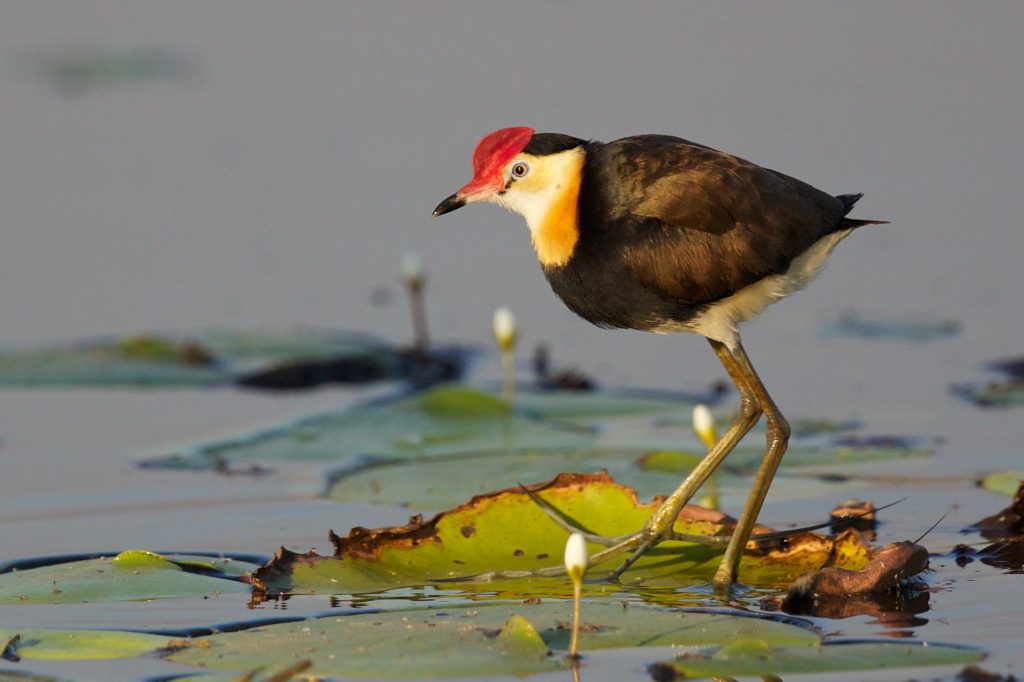11.0 Introduction
Understanding sex ratios
In Australia, there are approximately 100 males for every 100 females. In Bahrain, there are 153 males for every 100 females (1.53 M:F). And in El Salvador, there are 92 males for every 100 females (0.92). A quick look at the map clarifies that, in human populations, sex ratios vary globally. Do you note any patterns in the image below?
Check Yourself
Interesting sex ratios are not unique to humans, and in some non-human organisms differential sex allocation leads to dramatically skewed sex ratios. For example, in some population of the bluestreak cleaner wrasse, there is only one male for every 6-8 females.

In jacanas, males may outnumber females by more than 2:1.

How can we understand some of these wildly different sex ratios, in both human and non-human populations?

